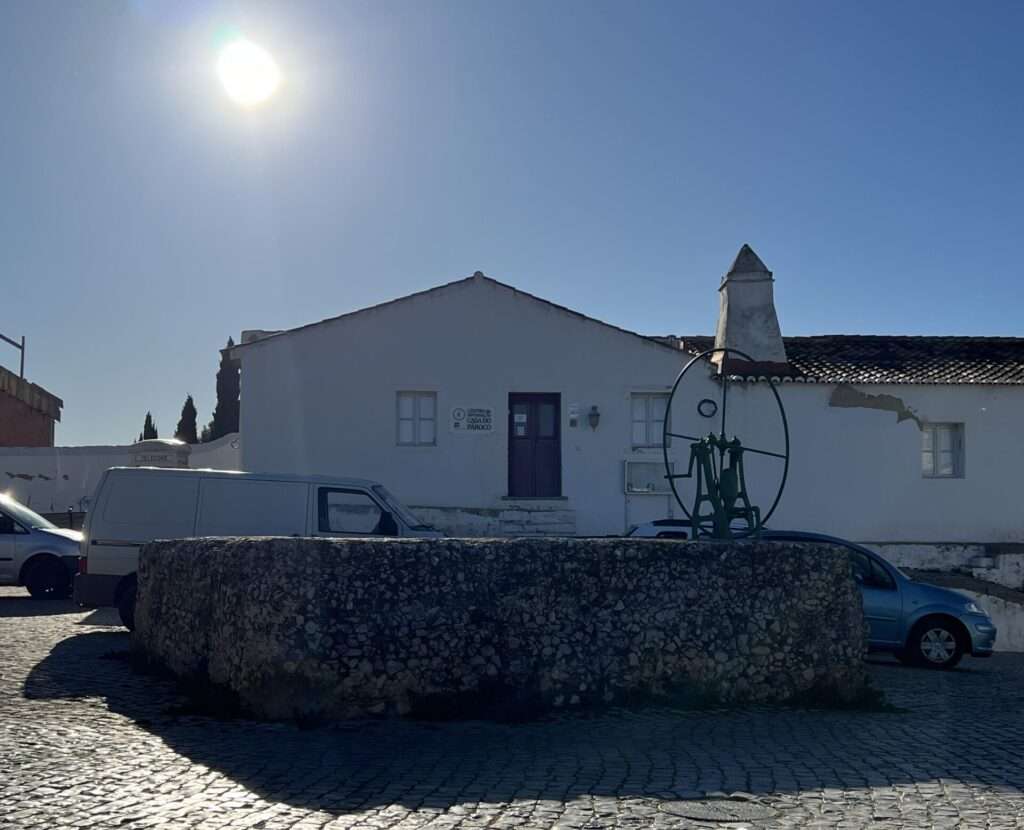Cacela Velha
Cacela Velha
is a picturesque village located in the Algarve region of southern Portugal. It’s part of the municipality of Vila Real de Santo António. Known for its historical charm and stunning views, Cacela Velha offers a glimpse into traditional Portuguese life.
The Moors began their conquest of the Iberian Peninsula in 711 AD. By the early 8th century, they had established control over most of what is now Portugal and Spain. The Algarve, including Cacela Velha, became part of the Moorish territory known as Al-Andalus.
During the Moorish occupation, the area served as an agricultural center. Archaeological excavations have uncovered remnants of corn pits used for storing cereals and grains, indicating the town’s role in regional agriculture (Wikipedia). The Moors introduced advanced irrigation techniques, improved well-digging methods, and brought various crops like oranges, lemons, and figs to the region (Portugal Our Way).
The Moors also left a lasting impact on the architecture and infrastructure of Cacela Velha. They constructed a fortress to protect the entrance to the Ria Formosa, a strategic waterway. Although the current fortress dates back to the 18th century, it was built on the site of the original Moorish castle (We Travel Portugal). The village retains architectural elements reflecting its Moorish past, such as intricately designed chimneys and houses with styled platibandas (We Travel Portugal).
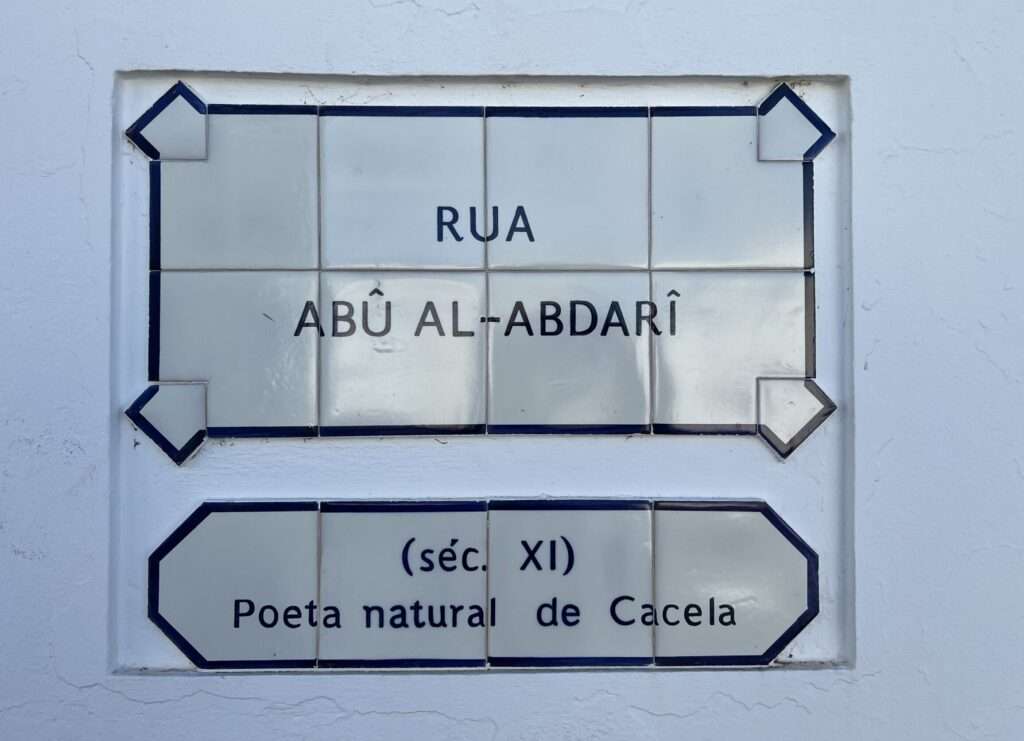
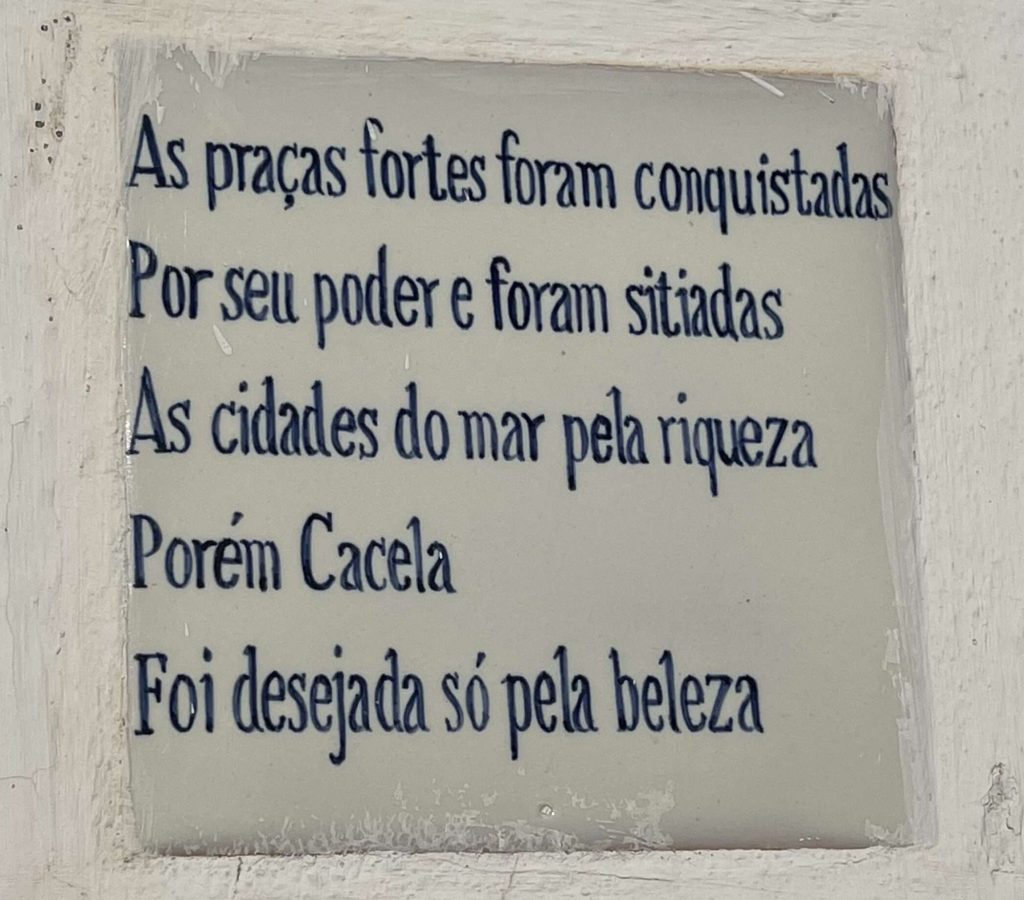
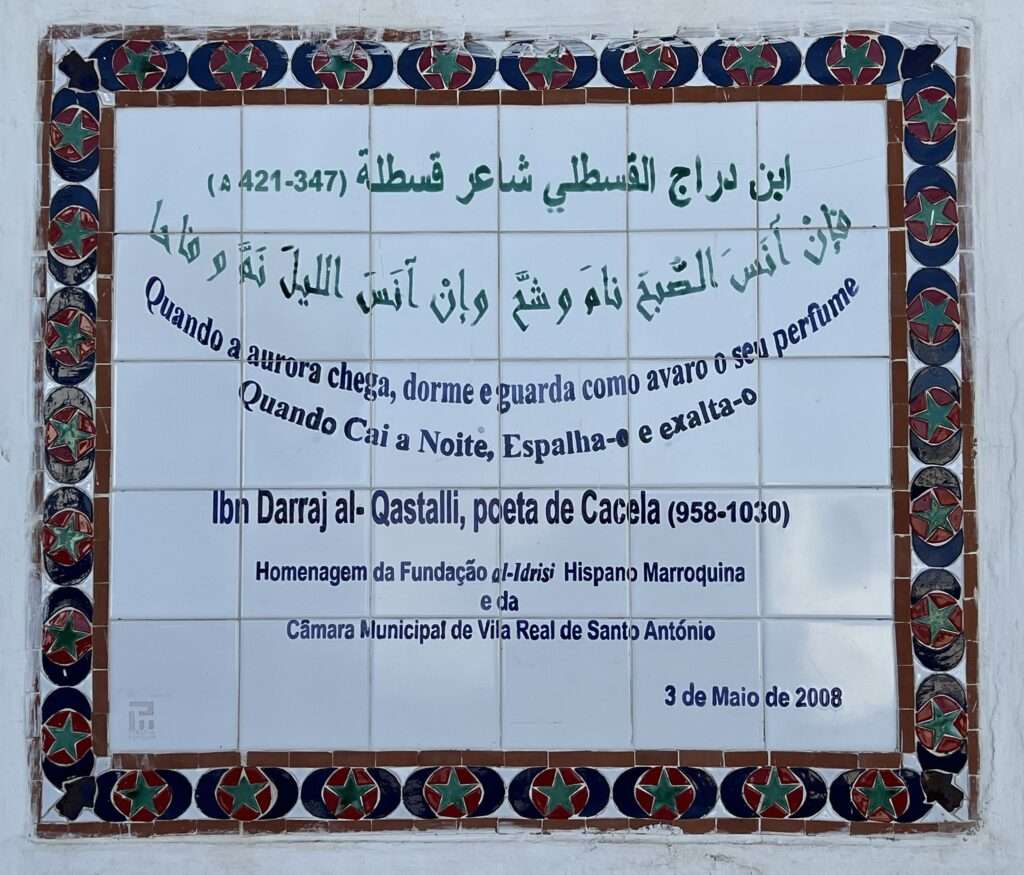
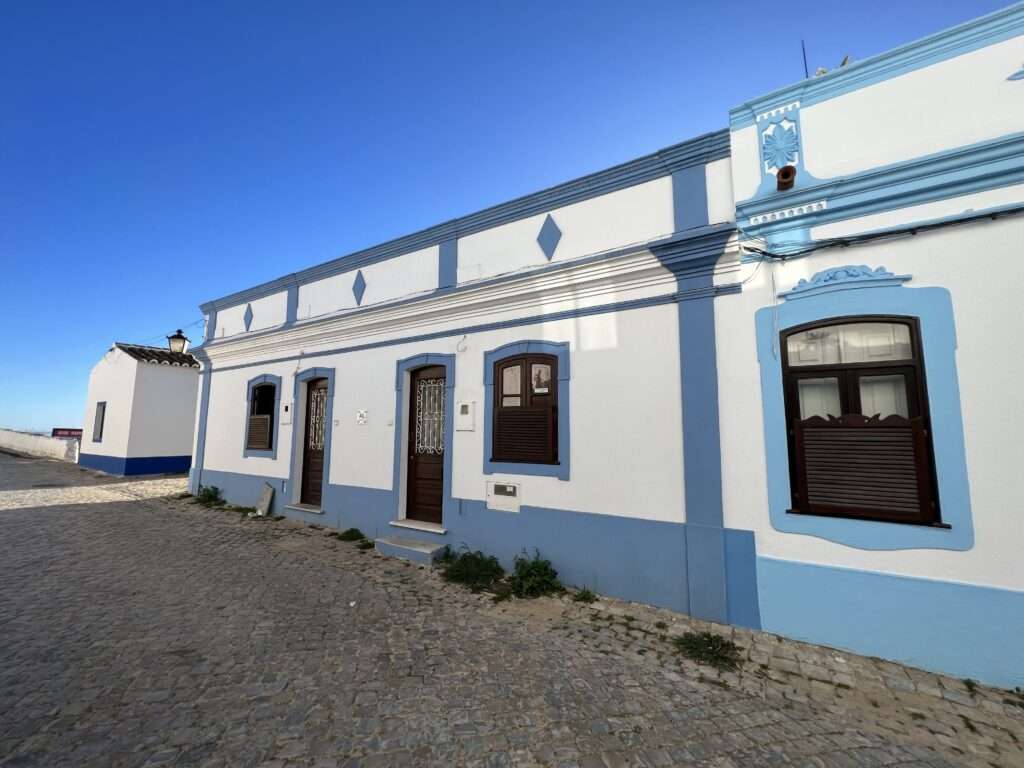
The photo on the right shows the “Poço Velho”, the water well, where the center of “Qastalla Darrag” today Cacelha Velha, was. “Qastalla Darrag” is named after the ibn Darrag family who lived there. A member of this family, Abu Amr Ahmad ibn Muhammad ibn Darrag Al-Kasttali (958–1030), was regarded in his time as “one of the foremost scholars and poets.” He also served as the secretary of the chancellery for the Umayyad Caliph al-Mansur in Cordoba. Additionally, the 12th-century geographer al-Idrisi described Cacela as “a fortress built by the sea, well-populated, with many gardens and fig fields.”
Cacela Velha’s history is not just a story of past glory but a continuing celebration of the diverse influences that shaped it. The village remains a picturesque reminder of the complex, multicultural history of the Algarve, attracting visitors who seek to explore its serene beauty and historical depth.
